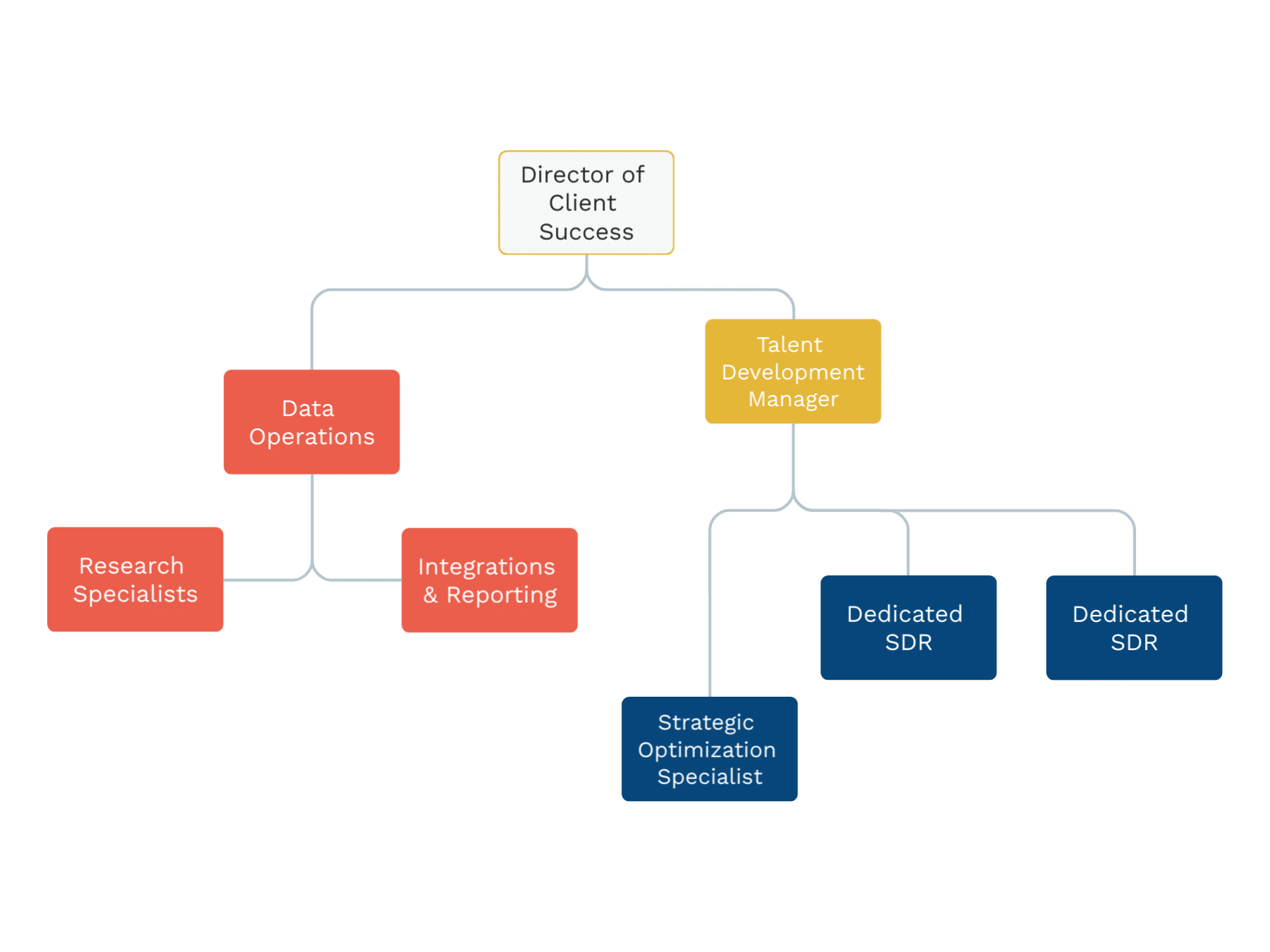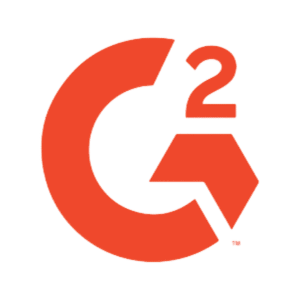
5/5 Stars
★★★★★ 5/5
"The money we spend on SalesRoads is, by far, the best marketing dollar we spend."

Mike Liffrig
Executive President, First Court
🎉 SalesRoads acquires VSA Prospecting, strengthening its leadership in the lead generation industry. Read the announcement here.
Outbound SDR teams that accelerate your sales cycle and drive revenue

We’ve built more than 500 outsourced SDR teams over our 17+ years in business. Check out the incredible sales results we’ve delivered for our clients.

Your outsourced sales development team comes with more than SDRs. We build you an entire outsourced sales development department complete with dedicated sales coaches, a director of client success, and robust sales operations team to drive maximum results.


Sales strategists translating your goals to program strategy

Highly experienced sales experts dedicated to your campaign

Career experts managing SDRs and accelerating results

Data experts delivering seamless lead lists and CRM integrations
Your outsourced SDRs are front-line representatives for your brand. We recruit highly experienced sales reps to staff your sales development program.
Our SDRs average 7 years sales and appointment setting experience
Your SDR team may be outsourced, but they're still completely dedicated to your program
We invest more in SDR training than any other company in the industry
5/5 Stars

Don’t take our word for it, read what our clients have to say about our outsourced sales development teams.






SDR stands for sales development representative. An SDR is an inside sales representative that specializes in outbound prospecting. Some companies may use the term BDR (Business Development Representative) to refer to the same kind of inside sales specialist.
Sales Development Representatives (SDRs) are responsible for generating new business opportunities through outbound prospecting. This process is called sales development. SDRs use a high-volume of cold calls and emails to engage potential prospects and encourage them to schedule a meeting with the company they represent.
Here are a few reasons companies outsource their SDR function.
The cost of outsourcing your SDR function can vary depending on the quality and level of involvement you desire. High-quality sales outsourcing costs around $8,000-10,000 per month. Cheaper solutions may cost half as much.
A lack of business opportunities shouldn’t create unnecessary stress. We’ll create opportunities; your sales team closes deals.
A lack of business opportunities shouldn’t create unnecessary stress. We’ll create opportunities; your sales team closes deals.